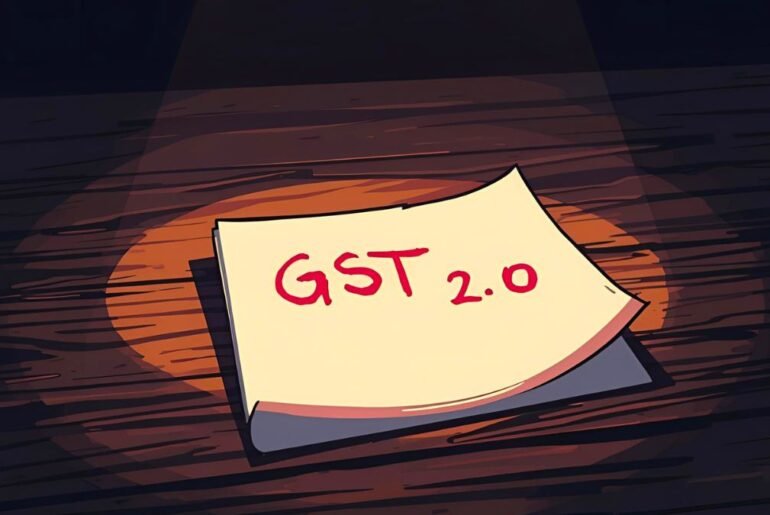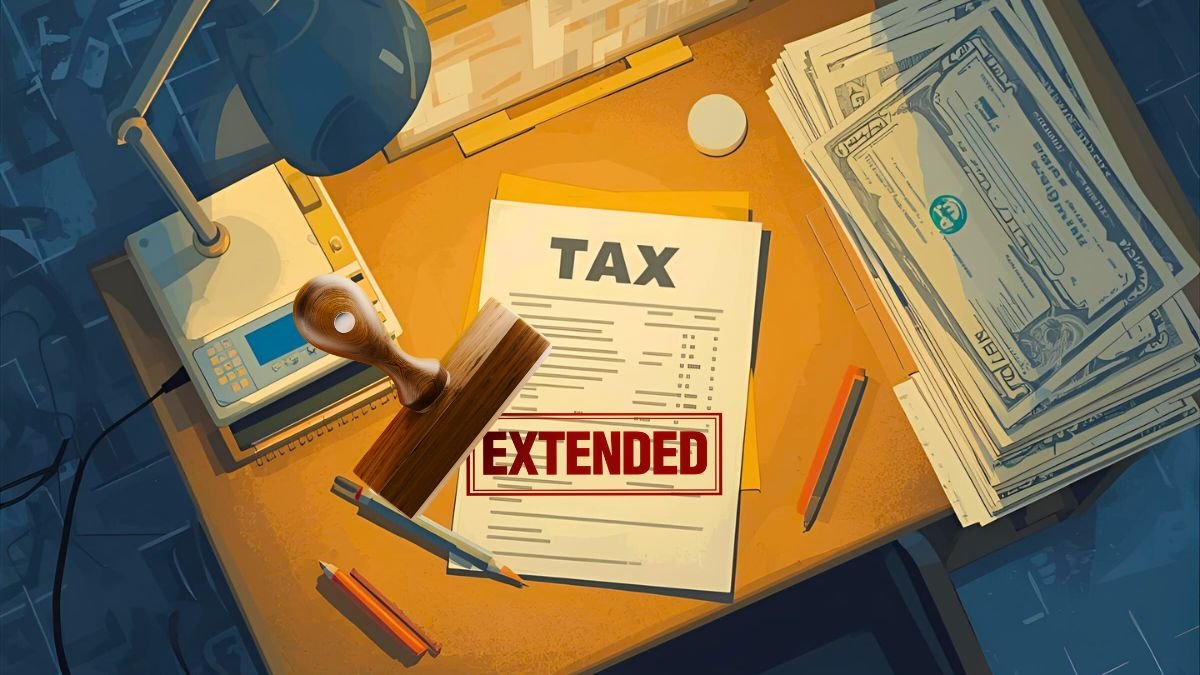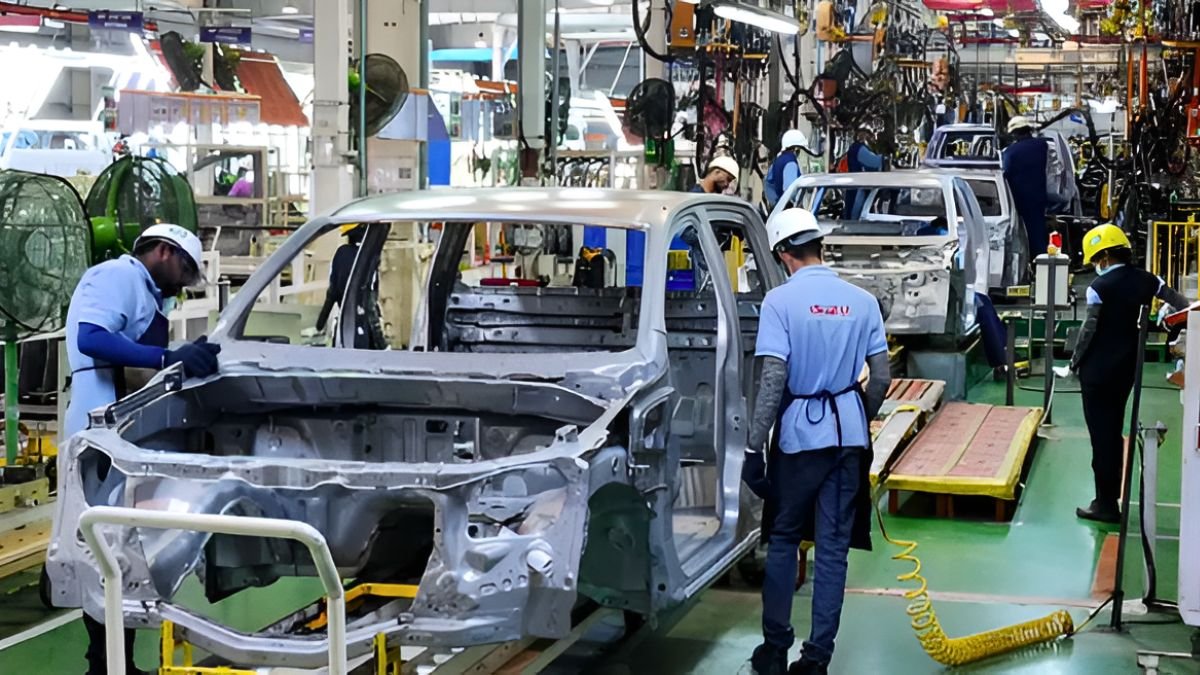New Delhi, September 22: The Modi government’s GST 2.0 reform officially comes into effect today, marking the biggest overhaul of India’s indirect tax system since 2017. The new GST framework promises simpler taxation, cheaper essentials, and big relief for households, businesses, and farmers just ahead of the festive season.
From daily groceries and medicines to life insurance, cars, and housing, prices are set to fall as the new rules roll out. At the same time, “sin goods” such as tobacco, pan masala, and luxury items will attract higher taxes to maintain revenue balance.
Two-Slab GST Simplification, Sin Goods at 40%
The new GST 2.0 has reduced four tax slabs (5%, 12%, 18%, 28%) to just two rates—5% and 18%.
- Essentials and household items largely fall under the 5% or nil GST category.
- Luxury and sin goods like tobacco, soft drinks, pan masala, high-end cars, yachts, and private aircraft will now face a hefty 40% GST, ensuring fairness in the system.
Life Insurance Premiums Now GST-Free
In a major relief for families, all life insurance policies—including term plans, endowment plans, ULIPs, and even reinsurance—are exempt from GST. This makes financial protection cheaper and encourages more people to opt for insurance.
Daily Essentials Get Cheaper
Household items such as soaps, shampoos, toothpaste, bicycles, and tableware now attract just 5% GST.
Packaged foods like namkeens, bhujia, sauces, pasta, chocolates, coffee, and preserved meat have seen rates cut from 12–18% to 5%.
FMCG majors including Dabur, HUL, Nestle, ITC, and Amul have already slashed prices of juices, chocolates, biscuits, diapers, and dairy products.
Medicines and Healthcare: Partial Relief
- Life-saving drugs and critical medical equipment now attract 0–5% GST, down from 12%.
- Medical devices, diagnostic kits, and spectacles are also cheaper.
- However, a small 5% GST remains on most medicines to allow manufacturers to claim input tax credit (ITC) and keep production costs low.
Electronics and Consumer Durables See Price Cuts
Popular consumer durables including TVs above 32 inches, ACs, and dishwashers now attract 18% GST instead of 28%, making them more affordable for middle-class households while boosting domestic electronics manufacturing.
Housing and Construction Sector Benefits
The government has cut GST on key building materials, expected to make homes cheaper and boost real estate demand:
- Cement: 28% → 18%
- Marble, granite, sand-lime bricks: 12% → 5%
- Bamboo flooring, pallets, joinery woodwork: 12% → 5%
This move is set to generate jobs in construction and infrastructure.
Auto Sector Relief for Buyers
From two-wheelers (≤350cc) and small cars to buses, trucks, and auto parts, the new GST rate is 18% (down from 28%). This will reduce on-road prices, encourage new purchases, and support India’s automobile manufacturing and exports.
Farmers and Agriculture Get Tax Support
The agriculture sector receives a boost with lower GST on machinery and inputs:
- Tractors: 12% → 5%
- Tyres and spare parts: 18% → 5%
- Harvesters, threshers, sprinklers, drip irrigation equipment: 12% → 5%
- Bio-pesticides and natural menthol: 12% → 5%
These reforms aim to cut farming costs, encourage sustainable practices, and reduce dependence on imports.
Services Sector: Hotels, Gyms, Salons at 5%
Services like hotel stays (up to ₹7,500/day), gyms, yoga classes, and salons now attract just 5% GST, making hospitality, wellness, and tourism more affordable while creating new jobs.
How GST 2.0 Is Already Impacting Prices
Several FMCG companies have rolled out fresh MRPs under GST 2.0:
- Dabur: Real Juice 1L (₹130 → ₹122), Chyawanprakash 900 gm (₹475 → ₹440), Dabur Red toothpaste (₹153 → ₹135)
- Nestlé: Maggi 600 gm (₹120 → ₹116), Nescafé Gold (₹855 → ₹755)
- Amul: Paneer 200 gm (₹99 → ₹95), ice cream range (₹10–600 → ₹9–550)
- ITC: Savlon 100 ml (₹400 → ₹374), Cow Ghee 1L (₹1,080 → ₹1,010), Sunfeast Marie Light 956 gm (₹170 → ₹150)
The finance ministry said the reform is designed to boost consumption, expand the tax base, and increase compliance, leading to stronger revenue while easing household budgets.
Bottom Line: A Festive Boost for Consumers and Economy
With cheaper food, medicines, homes, cars, and insurance, GST 2.0 is expected to increase affordability, stimulate demand, and strengthen India’s economic growth. The timing, just before the festive season, makes the relief even more significant for households and businesses alike.




